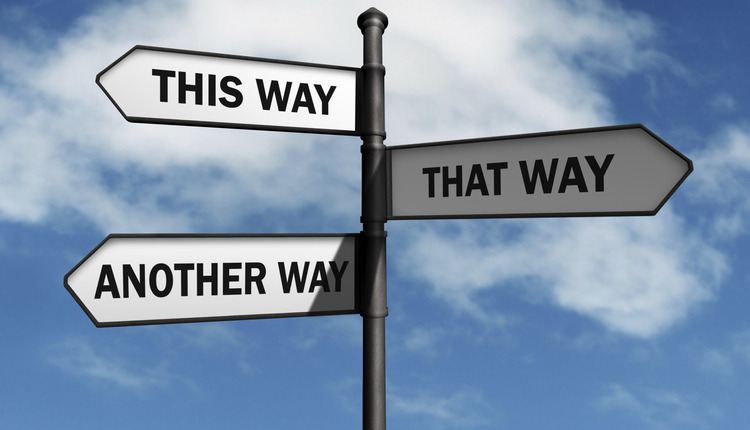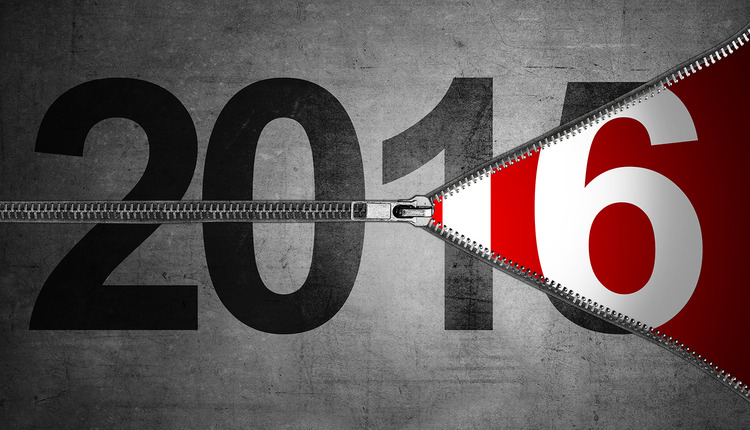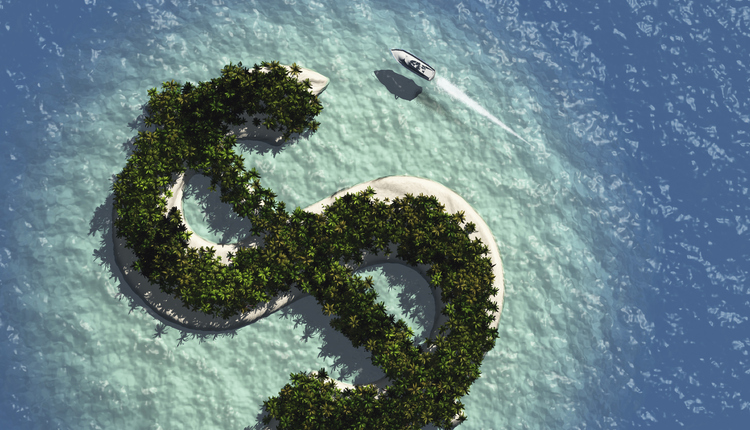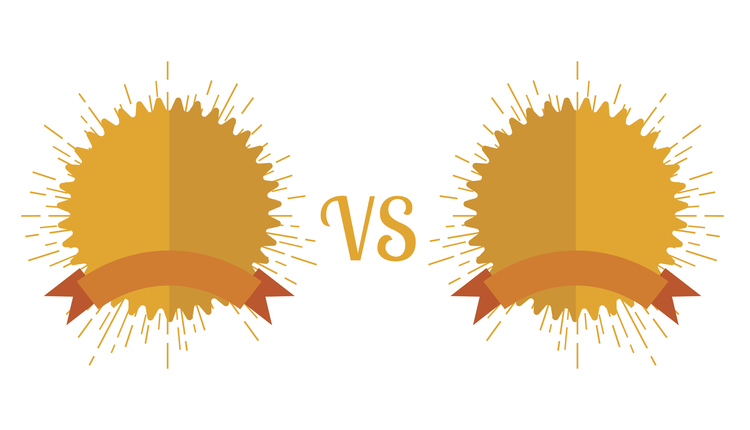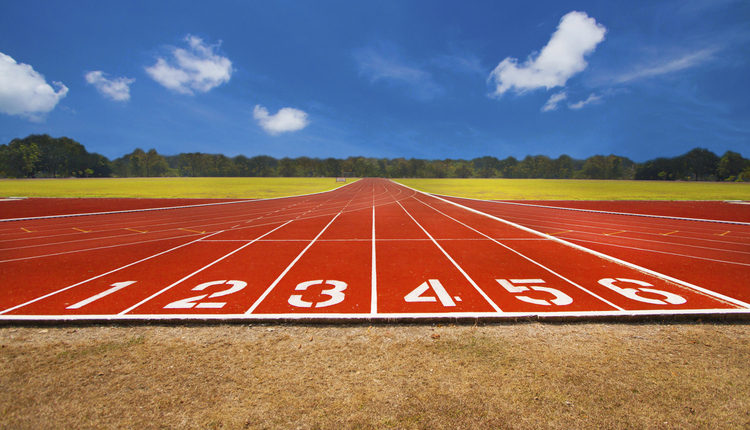USPS is at an interesting crossroads for 2014. Labor and infrastructure costs have mostly stabilized, and the requirement to deliver to every mailbox, six days a week, won't change anytime soon. With declining revenue, the USPS only has two choices to maintain its balance sheet: raise prices or increase volume. Unfortunately, these strategies are at odds and would be difficult to pursue in tandem. Interestingly, USPS proposed both in its rate filings for 2014.
Raising Rates With the 2006 passage of the Postal Accountability and Enhancement Act (PAEA), USPS has full authority to raise rates once per year in line with the Consumer Price Increase (CPI). The CPI limit for this year is 1.6%, and USPS published a rate filing that is in line with this increase.
On top of the CPI filing, USPS posted an additional increase, reviving the 2010 exigency case. Under PAEA, USPS is authorized to request supplementary postage increases under "extraordinary or exceptional circumstances." It claims that the 2008 recession and subsequent drop in mail volume qualify as "extraordinary or exceptional" to justify the proposed additional 4.3% postage increase. If both rate filings are approved, mailers could pay an average of 5.9% more on postage in 2014 - a significant increase.
Encouraging New Mail Volume In the CPI price filing, the USPS included several promotion and incentive programs for the upcoming year. It has been experimenting with incentives over the past few years with promising results. 2014 introduces brand new incentives, and there are plans to extend some of the popular incentives for a longer period. After many conversations with mailers, USPS learned that mail is most valuable when it is effective. The incentives are structured to encourage mailers to use the mailpiece design practices USPS believes to be most effective.
The incentives proposed for 2014 include:
· Branded Color Mobile Technology: an upfront two percent discount on mailings that contain a mobile barcode (like a QR code) that incorporates either both your brand and at least two colors (not including black, white or grey), or a digital watermark. The barcode must link to a mobile-formatted website.
· Earned Value: similar to last year's promotion, mailers can receive a two-cent credit for mail returned using Business Reply Mail (BRM) or Courtesy Reply Mail (CRM). Mailers who participated last year are eligible for an additional cent per piece.
· Premium Advertising: send Standard Mail content using First-Class Mail preparation and service and receive a 15% discount off the First-Class price. This allows Standard mailers to test the response and service available from First-Class mail without paying the full cost. Note that Standard Mail only preparations like Carrier Route mail and drop shipping will not apply to these mailings.
· Mail and Digital Personalization: an upfront two percent discount on mailings that include personalized text and a personal URL (PURL) that links to a mobile website that also includes personalized information.
· Emerging Technology Featuring NFC: an upfront two percent discount on mailings that include standard Near Field Technology (NFC). Traditionally, this means including a small chip in the mailpiece, which can interface with an NFC-enabled mobile device.
· Color Print in First-Class Mail Transactions: an upfront two percent discount on First-Class mailings of statements or invoices that include marketing or consumer information in color directly on the bill or statement.
· Mail Drives Mobile Commerce: similar to the 2013 promotion, mailings that include a mobile barcode or print/mobile technology to point to a mobile shopping website are eligible for a two percent discount. An additional one percent rebate is available for mailers who fulfill their orders using Priority Mail.
· High Density and Saturation Incentive: a 5-20% rebate on Saturation, High Density and High Density Plus priced mail that is over 102% of 2013 mail volumes.
· EDDM Coupons: the USPS sales organization will distribute $50 - 100 coupons to new small business mailers.
Mixed Signals There are a few things mailers can take away from these rate filings. On one hand, it's clear that the Postal Service hasn't righted its fiscal ship and is opening the door to charging customers more. The Postmaster General has said many times that he would only consider an exigent price increase if all other avenues were exhausted.
On the other hand, the universal service obligation means that most mailboxes must be accessed six times per week at a substantial cost. Growing mail volume is the only way to balance the cost of each delivery point with incoming revenue. What's unclear is how the incentives offered for 2014 will drive new mail volume. The Saturation Incentive and EDDM coupons cater specifically to new volume, while the others cater mainly to existing mailers who are willing to try new mail designs. Perhaps the most perplexing incentive is for Near Field Communication. Since many popular phone designs, including the ubiquitous iPhone, do not support NFC, it's unclear what value it brings to the mail at this time.
The Reality The fact is we mail not because of fancy mailpiece design, two percent discounts or even to tell Aunt Dora happy birthday anymore. We mail because of regulation, customer preference and, mostly, because it works. In the world of overloaded email boxes and games on our smart phones, mail is one of the most effective advertising mediums available. When postage is already a third of the cost of a mailing campaign, an additional 5.9% will affect mail volumes. Combining that with the upcoming Full-Service mandate, USPS may find it difficult to recover from the loss in volume.
Raising Rates With the 2006 passage of the Postal Accountability and Enhancement Act (PAEA), USPS has full authority to raise rates once per year in line with the Consumer Price Increase (CPI). The CPI limit for this year is 1.6%, and USPS published a rate filing that is in line with this increase.
On top of the CPI filing, USPS posted an additional increase, reviving the 2010 exigency case. Under PAEA, USPS is authorized to request supplementary postage increases under "extraordinary or exceptional circumstances." It claims that the 2008 recession and subsequent drop in mail volume qualify as "extraordinary or exceptional" to justify the proposed additional 4.3% postage increase. If both rate filings are approved, mailers could pay an average of 5.9% more on postage in 2014 - a significant increase.
Encouraging New Mail Volume In the CPI price filing, the USPS included several promotion and incentive programs for the upcoming year. It has been experimenting with incentives over the past few years with promising results. 2014 introduces brand new incentives, and there are plans to extend some of the popular incentives for a longer period. After many conversations with mailers, USPS learned that mail is most valuable when it is effective. The incentives are structured to encourage mailers to use the mailpiece design practices USPS believes to be most effective.
The incentives proposed for 2014 include:
· Branded Color Mobile Technology: an upfront two percent discount on mailings that contain a mobile barcode (like a QR code) that incorporates either both your brand and at least two colors (not including black, white or grey), or a digital watermark. The barcode must link to a mobile-formatted website.
· Earned Value: similar to last year's promotion, mailers can receive a two-cent credit for mail returned using Business Reply Mail (BRM) or Courtesy Reply Mail (CRM). Mailers who participated last year are eligible for an additional cent per piece.
· Premium Advertising: send Standard Mail content using First-Class Mail preparation and service and receive a 15% discount off the First-Class price. This allows Standard mailers to test the response and service available from First-Class mail without paying the full cost. Note that Standard Mail only preparations like Carrier Route mail and drop shipping will not apply to these mailings.
· Mail and Digital Personalization: an upfront two percent discount on mailings that include personalized text and a personal URL (PURL) that links to a mobile website that also includes personalized information.
· Emerging Technology Featuring NFC: an upfront two percent discount on mailings that include standard Near Field Technology (NFC). Traditionally, this means including a small chip in the mailpiece, which can interface with an NFC-enabled mobile device.
· Color Print in First-Class Mail Transactions: an upfront two percent discount on First-Class mailings of statements or invoices that include marketing or consumer information in color directly on the bill or statement.
· Mail Drives Mobile Commerce: similar to the 2013 promotion, mailings that include a mobile barcode or print/mobile technology to point to a mobile shopping website are eligible for a two percent discount. An additional one percent rebate is available for mailers who fulfill their orders using Priority Mail.
· High Density and Saturation Incentive: a 5-20% rebate on Saturation, High Density and High Density Plus priced mail that is over 102% of 2013 mail volumes.
· EDDM Coupons: the USPS sales organization will distribute $50 - 100 coupons to new small business mailers.
Mixed Signals There are a few things mailers can take away from these rate filings. On one hand, it's clear that the Postal Service hasn't righted its fiscal ship and is opening the door to charging customers more. The Postmaster General has said many times that he would only consider an exigent price increase if all other avenues were exhausted.
On the other hand, the universal service obligation means that most mailboxes must be accessed six times per week at a substantial cost. Growing mail volume is the only way to balance the cost of each delivery point with incoming revenue. What's unclear is how the incentives offered for 2014 will drive new mail volume. The Saturation Incentive and EDDM coupons cater specifically to new volume, while the others cater mainly to existing mailers who are willing to try new mail designs. Perhaps the most perplexing incentive is for Near Field Communication. Since many popular phone designs, including the ubiquitous iPhone, do not support NFC, it's unclear what value it brings to the mail at this time.
The Reality The fact is we mail not because of fancy mailpiece design, two percent discounts or even to tell Aunt Dora happy birthday anymore. We mail because of regulation, customer preference and, mostly, because it works. In the world of overloaded email boxes and games on our smart phones, mail is one of the most effective advertising mediums available. When postage is already a third of the cost of a mailing campaign, an additional 5.9% will affect mail volumes. Combining that with the upcoming Full-Service mandate, USPS may find it difficult to recover from the loss in volume.



